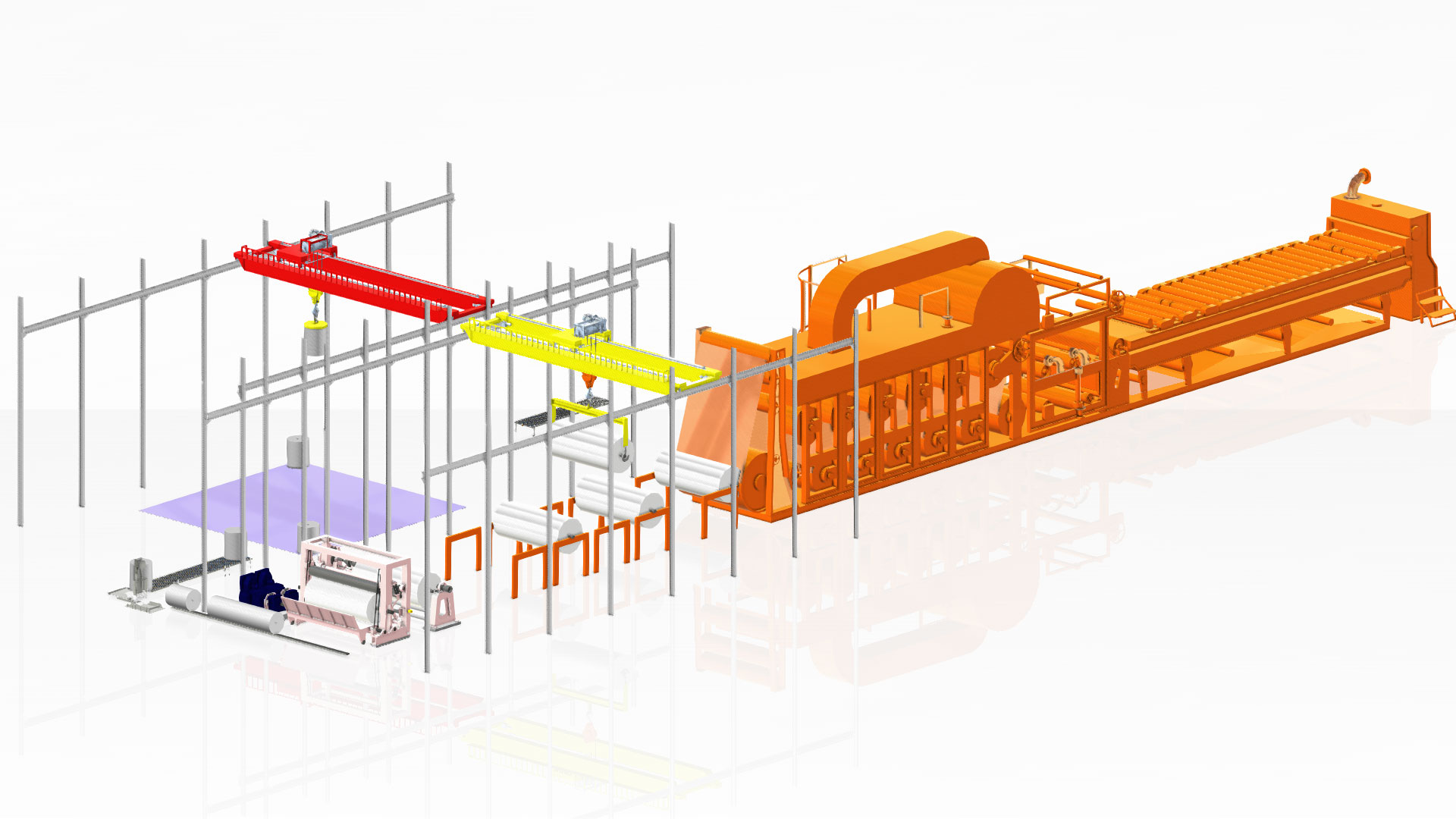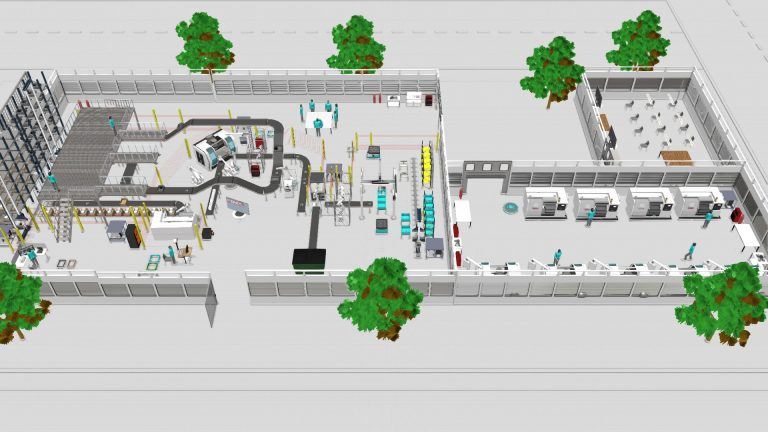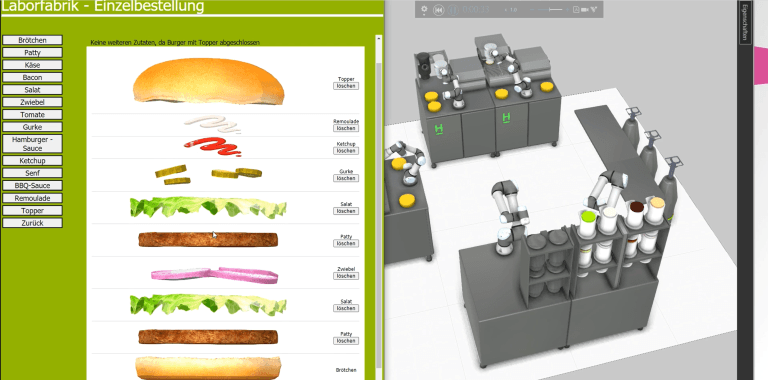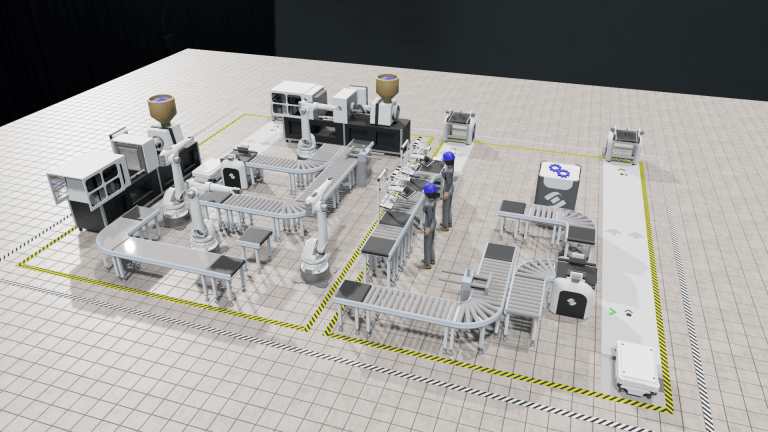Metropolia University of Applied Sciences: Visual Components, an Essential Tool in the Industrial Management Program
At Finland’s largest university of applied sciences, the Visual Components platform has become an essential tool in the Industrial Management curriculum. Read more here.

Metropolia University of Applied Sciences is Finland’s largest such university, with a staff of 930, a student base of more than 16,000-, and 73-degree programs centred on the fields of business, culture, health, technology, and social services, among others.
The university offers an Industrial Management program where students focus on the development of various business processes, which includes production systems. In this program there is a course, during which students learn the similarities and differences between various types of production systems via modelling and analysis. It’s in this course where Visual Components 3D simulation is learned, and the skills students acquire with the program are further carried over into more advanced master’s courses.
Metropolia University implemented the program as a learning tool about four years ago (2016), and it’s quickly become valuable in helping students learn new themes and concepts and complete everything from basic to more challenging assignments. In this case study, we’ll take a closer look at the Visual Components learning path for students at Metropolia University and discuss the teaching experience from an educator’s point of view. Here’s a closer look:
The Visual Components learning path
When students begin using Visual Components’ 3D manufacturing simulation program in their undergrad courses, there’s a good chance that it’s their introduction to this type of platform. It’s why students are taken on a gradual learning path with the program, beginning with the very basics before moving on to more advanced modelling and even programming. Students are given new assignments on a weekly basis and are expected to use VC to help complete them. By the end of the semester, students that likely did not have any experience working in computer-aided design software are now able to model and carry out Python programming and customization.
“The point of having a tool like VC is to offer something that can take everything a student will learn and put it in a useful package. Operations management, logistics, production systems, programming, process modeling and analysis, automation, integration with CAD— the program is able to help students with whatever career path they choose.”
Juha Haimala, the head of Industrial Management program at Metropolia University of Applied Sciences
The Visual Components teaching experience
There’s always hesitation when adopting new tools into teaching curriculums. But in 2016, when Haimala began using VC’s simulation tool, any fears were immediately squelched. He found the software easy to learn and more comprehensive than those that were previously used.
I’ve used Quest and Enterprise Dynamics in education before Visual Components. With Quest, you can do anything, but you had to be prepared to spend weeks to complete something. Enterprise Dynamics was easy to use if you could stick to the library components, but in practice you couldn’t do much. I was hoping Visual Components would be as good as Quest, and it was a pleasant surprise to see that the best features of Quest can be found in Visual Components, but you don’t have to spend weeks and months to finish a project.
Juha Haimala, the head of Industrial Management program at Metropolia University
In addition to undergraduate courses, Visual Components is also utilized in master’s classes at Metropolia University, where students tend to be more experienced using this type of 3D simulation software and are already well on their way to careers of their own.
Remote Learning during Covid-19 pandemic
The Visual Components program has especially proved valuable during remote learning periods made necessary by the COVID-19 pandemic. During the first wave of the pandemic Visual Components provided temporary licenses to students, so they could run the program on their personal computers during periods of remote learning. Now that the second wave has struck all activities are based on online approaches. In the latest realization of the course using VC students are utilizing VPN and the floating licenses and it has turned out to be a really working approach.
The experience has been extremely positive. It’s a central program for learning new themes and working on assignments. Once we have found a good tool, there is no reason to switch it. I believe we’ve found that tool in Visual Components’ program
Juha Haimala, the head of Industrial Management program at Metropolia University
If you wish to include Visual Components in the curriculum of your educational courses, contact us today by filling the following form.
Further reading

International robotics and simulation competition in China, and smart factory project
This case is about a large-scale international competition where hundreds of students participated in designing the digital twin of smart factories using Visual Components-based powerful simulation technology. Read more about...

Helping students accurately simulate production environments in real-time
How can simulating an automated restaurant-like environment help students understand the power of simulation?

CU Coventry Case Study: Sparking Students’ Creativity When Designing Real-life Industrial Scenarios
A look at how students in Coventry University's Electro-Mechanical Engineering use Visual Components' 3D simulation software to carry out factory floor simulation.